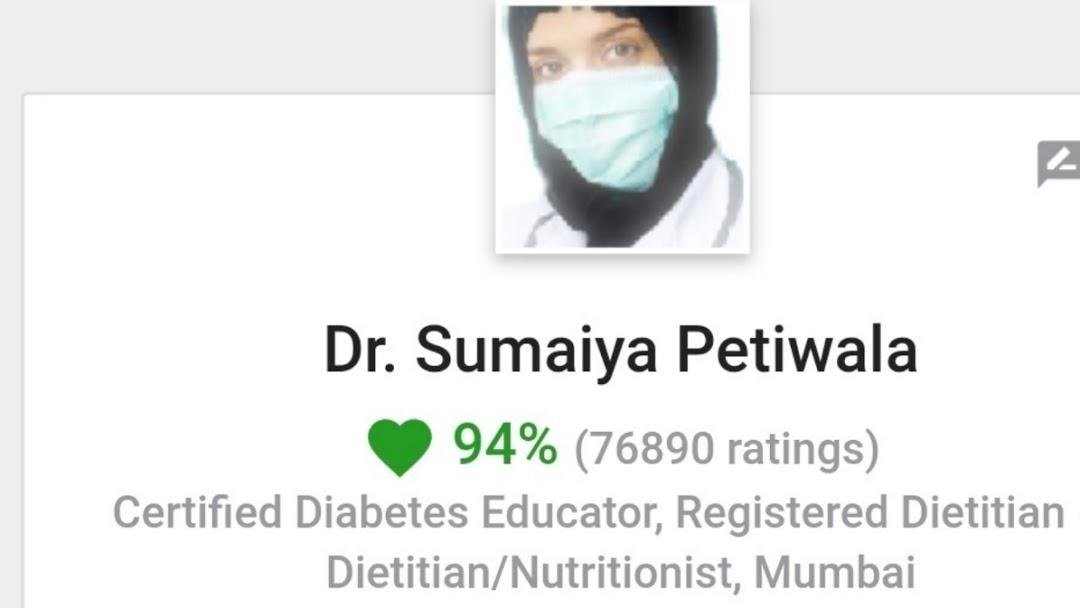Advanced Glycemic Index Management for Diabetes Control: A Personalized Approach by Dr. Sumaiya’s NutriCare Clinic
Introduction: Revolutionizing Diabetes Management
Diabetes management requires innovative approaches to effectively control blood sugar levels and enhance overall health. At Dr. Sumaiya’s NutriCare, we specialize in advanced glycemic index (GI) management, a sophisticated strategy that tailors dietary choices specifically to how foods impact blood sugar. This method empowers our clients to make informed, precise dietary decisions that significantly improve their glycemic control. This isn’t just about a diet; it’s about a sustainable lifestyle change.
Understanding Glycemic Index and Glycemic Load
The glycemic index (GI) is a numerical scale used to indicate how rapidly and how high a particular food can raise our blood glucose (blood sugar) level. A food with a high GI raises blood glucose more rapidly than a food with a medium or low GI. The glycemic load (GL), on the other hand, takes into account both the GI of a food *and* the amount of carbohydrate in a typical serving. It provides a more complete picture of a food’s impact on blood sugar. A GL of 20 or more is considered high, 11 to 19 is considered medium, and 10 or less is considered low.
| GI Value | GL Value (per serving) | Impact on Blood Sugar |
|---|---|---|
| Low (55 or less) | Low (10 or less) | Slow and sustained increase |
| Medium (56-69) | Medium (11-19) | Moderate increase |
| High (70 or more) | High (20 or more) | Rapid and significant increase |
By focusing on both GI and GL, our dietary plans offer a comprehensive and effective approach to managing diabetes.
Advanced Glycemic Index Management Techniques
Our approach goes beyond simply listing low-GI foods. We provide personalized strategies, including:
Low-GI Ingredient Substitutions
We teach clients how to replace high-GI foods with nutritious, lower-GI alternatives that still satisfy taste preferences and nutritional needs. For example, swapping white rice (high GI) for quinoa or brown rice (lower GI). Another example is using mashed cauliflower instead of mashed potatoes.
Meal Timing and Composition
We optimize meal schedules and compositions to stabilize blood sugar levels throughout the day. This means reducing spikes after meals and improving energy consistency. Eating smaller, more frequent meals can often be more beneficial than three large meals.
Impact of Food Preparation on GI
Cooking methods significantly affect the GI of foods. We provide guidance on how to prepare meals that minimize glycemic response. For instance, steaming vegetables preserves more fiber and results in a lower GI than frying. Similarly, choosing whole grains over processed grains is crucial, as processing often removes the fiber-rich bran and germ.
Continuous Blood Sugar Monitoring
We encourage continuous or regular blood sugar monitoring to observe the direct effects of food on your blood sugar levels. This data allows for fine-tuning your diet and making real-time adjustments based on your body’s unique responses.
Strategic Dietary Planning for Diabetes Control
A well-structured dietary plan is essential for long-term diabetes management. Our plans focus on:
Balancing Macronutrients
Our plans ensure a balanced intake of carbohydrates, proteins, and healthy fats. This balance slows down digestion and reduces the likelihood of sharp blood sugar spikes. The right proportion of each macronutrient is personalized based on individual needs and preferences.
Incorporating Fiber-Rich Foods
High-fiber foods are essential in managing diabetes. Fiber slows down the absorption of sugar, helping to regulate blood sugar levels. Excellent sources of fiber include whole grains, legumes, fruits, and vegetables. We recommend aiming for at least 25-30 grams of fiber per day.
Understanding Portion Sizes
We provide detailed guidance on portion sizes to manage calorie intake and prevent overeating. Overeating, even healthy foods, can negatively impact blood sugar control. Using measuring cups and food scales can be helpful tools.
Lifestyle Integration for Sustainable Management
Diabetes management extends beyond diet. We address crucial lifestyle factors that significantly influence blood sugar control:
Physical Activity Recommendations
Regular physical activity is encouraged to enhance insulin sensitivity and improve blood sugar management. Aim for at least 150 minutes of moderate-intensity exercise per week, such as brisk walking, swimming, or cycling. WHO guidelines on physical activity
Stress Reduction Techniques
Stress can adversely affect blood sugar levels. We offer strategies to manage stress through mindfulness, relaxation techniques, and other stress-reducing activities like yoga or meditation.
Case Studies: Real-Life Successes
Through detailed case studies, we showcase the transformative effects our advanced GI management plans have had on our clients. These narratives not only highlight improved blood sugar levels (e.g., reduced HbA1c levels) but also enhanced life quality through dietary changes that are both enjoyable and health-promoting. *Specific case study details would be included here, respecting patient confidentiality.*
Conclusion: Your Path to Better Diabetes Control
Advanced glycemic index management is a cornerstone of our approach at Dr. Sumaiya’s NutriCare, offering a detailed, evidence-based path to diabetes control. This method is not just about following a diet; it’s about adopting a lifestyle that aligns with your body’s needs. By understanding how different foods and lifestyle factors impact your blood sugar, you can take control of your health and live a more fulfilling life.
Are you ready to revolutionize your approach to diabetes management?
Your health is in your hands, and we’re here to guide you every step of the way. Get free advice via email by filling our form.
References
- American Diabetes Association. (n.d.). *Glycemic Index and Diabetes*. Retrieved from [https://www.diabetes.org/healthy-living/recipes-nutrition/understanding-carbs/glycemic-index-and-diabetes](https://www.diabetes.org/healthy-living/recipes-nutrition/understanding-carbs/glycemic-index-and-diabetes)
- Brand-Miller, J. C., Wolever, T. M. S., Foster-Powell, K., & Colagiuri, S. (2003). The new glucose revolution: The authoritative guide to the glycemic index. Marlowe & Company.
- World Health Organization. (n.d.). *Physical activity*. Retrieved from [https://www.who.int/news-room/fact-sheets/detail/physical-activity](https://www.who.int/news-room/fact-sheets/detail/physical-activity)

